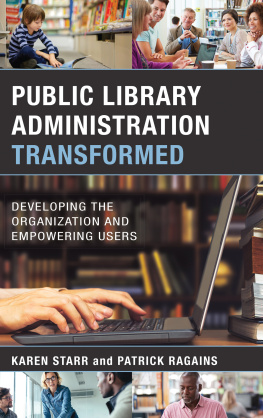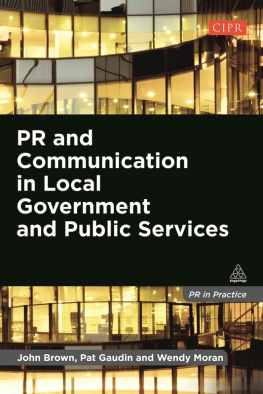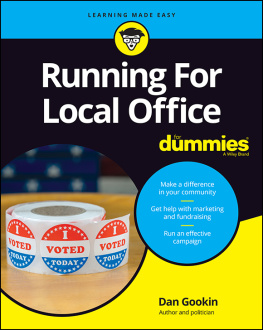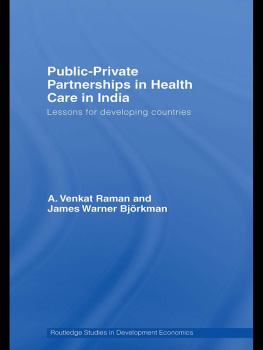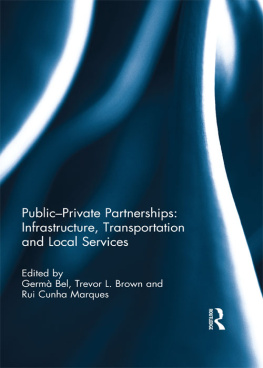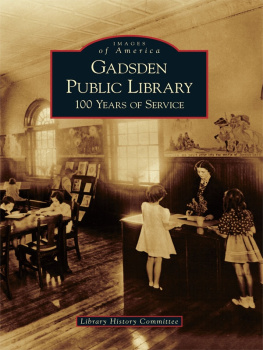Sitaraman Ganesh - The public option: how to expand freedom, increase opportunity, and promote equality
Here you can read online Sitaraman Ganesh - The public option: how to expand freedom, increase opportunity, and promote equality full text of the book (entire story) in english for free. Download pdf and epub, get meaning, cover and reviews about this ebook. City: United States, year: 2019, publisher: Harvard University Press, genre: Politics. Description of the work, (preface) as well as reviews are available. Best literature library LitArk.com created for fans of good reading and offers a wide selection of genres:
Romance novel
Science fiction
Adventure
Detective
Science
History
Home and family
Prose
Art
Politics
Computer
Non-fiction
Religion
Business
Children
Humor
Choose a favorite category and find really read worthwhile books. Enjoy immersion in the world of imagination, feel the emotions of the characters or learn something new for yourself, make an fascinating discovery.

- Book:The public option: how to expand freedom, increase opportunity, and promote equality
- Author:
- Publisher:Harvard University Press
- Genre:
- Year:2019
- City:United States
- Rating:4 / 5
- Favourites:Add to favourites
- Your mark:
The public option: how to expand freedom, increase opportunity, and promote equality: summary, description and annotation
We offer to read an annotation, description, summary or preface (depends on what the author of the book "The public option: how to expand freedom, increase opportunity, and promote equality" wrote himself). If you haven't found the necessary information about the book — write in the comments, we will try to find it.
Whenever you go to your local public library, send mail via the post office, or visit Yosemite, you are taking advantage of a longstanding American tradition: the public option. Some of the most useful and beloved institutions in American life are public options--yet they are seldom celebrated as such. These government-supported opportunities coexist peaceably alongside private options, ensuring equal access and expanding opportunity for all.
Ganesh Sitaraman and Anne Alstott challenge decades of received wisdom about the proper role of government and consider the vast improvements that could come from the expansion of public options. Far from illustrating the impossibility of effective government services, as their critics claim, public options hold the potential to transform American civic life, offering a wealth of solutions to seemingly intractable problems, from housing shortages to the escalating cost of health care.
Imagine a low-cost, high-quality public option for child care. Or an extension of the excellent Thrift Savings Plan for federal employees to all Americans. Or every person having access to an account at the Federal Reserve Bank, with no fees and no minimums. From broadband internet to higher education,The Public Optionreveals smart new ways to meet pressing public needs while spurring healthy competition. More effective than vouchers or tax credits, public options could offer us all fairer choices and greater security.
Sitaraman Ganesh: author's other books
Who wrote The public option: how to expand freedom, increase opportunity, and promote equality? Find out the surname, the name of the author of the book and a list of all author's works by series.

